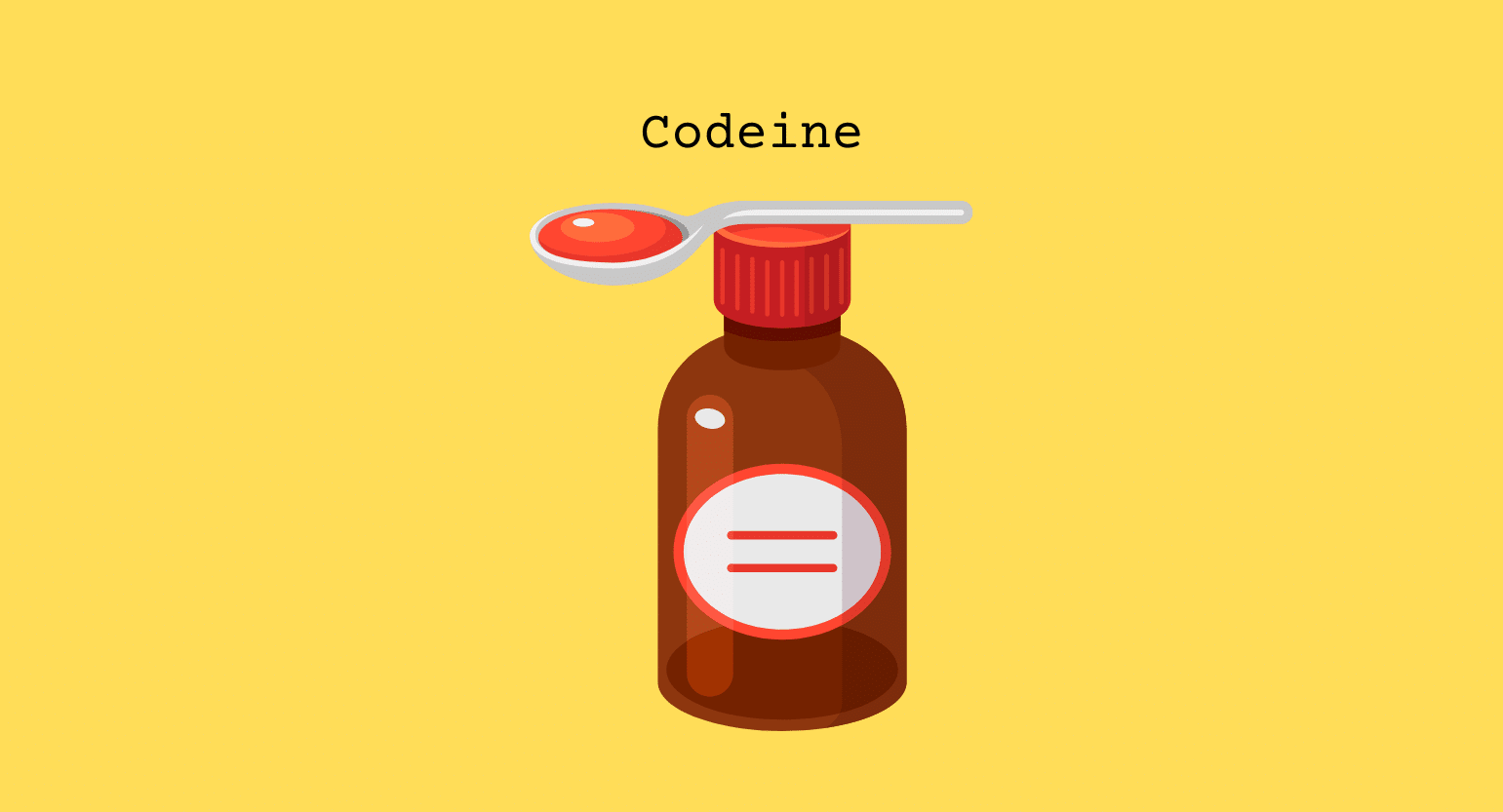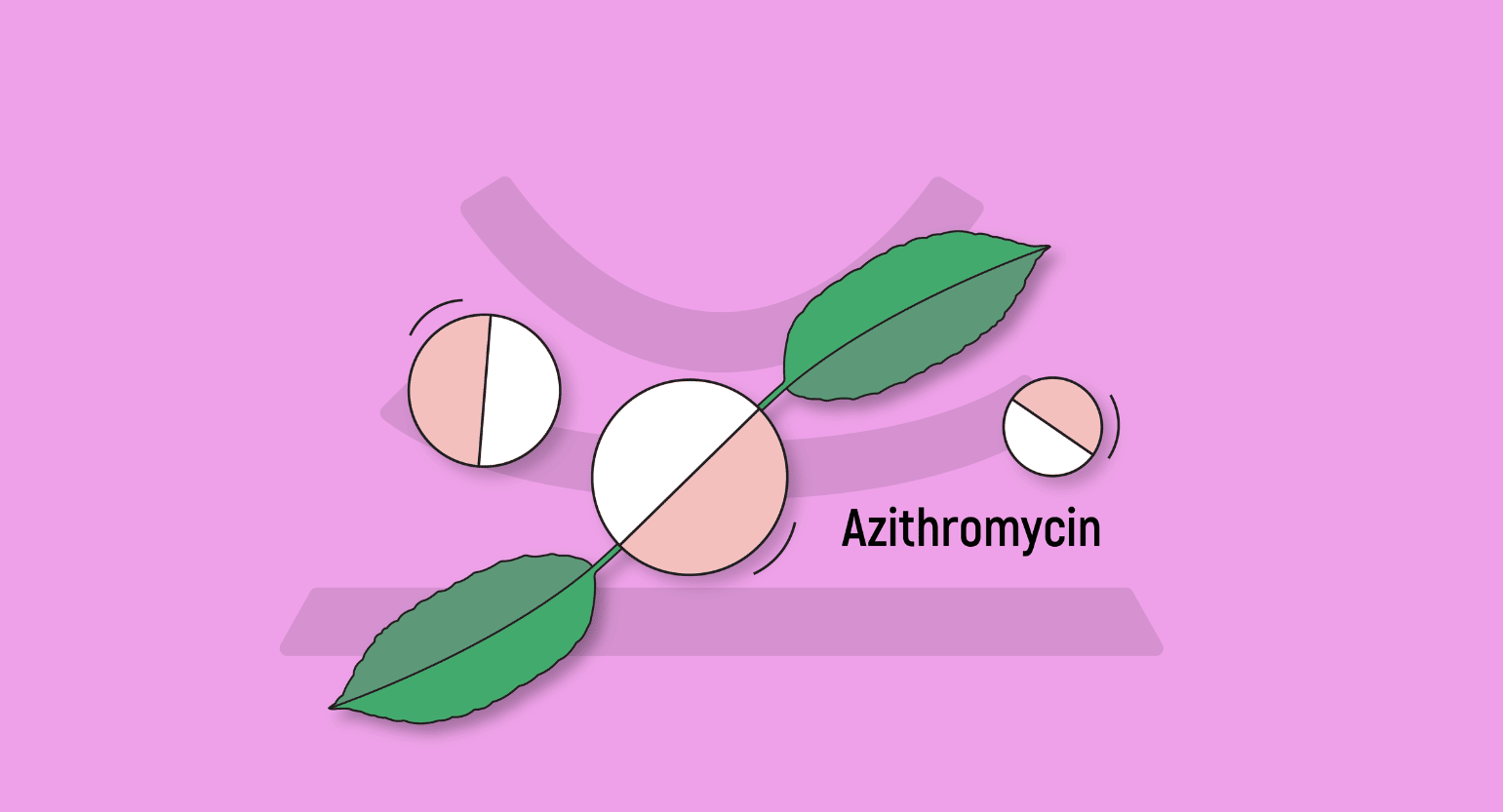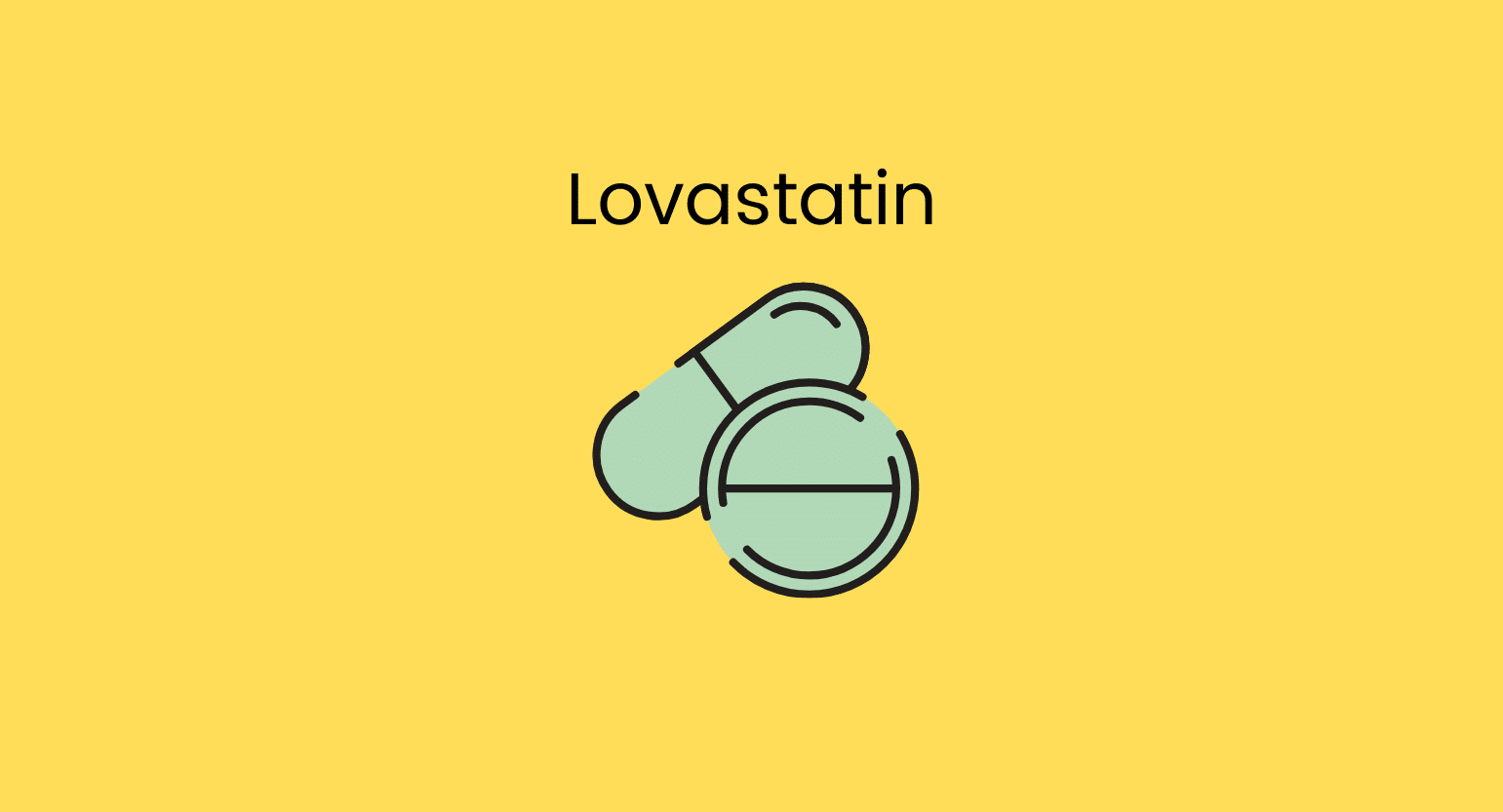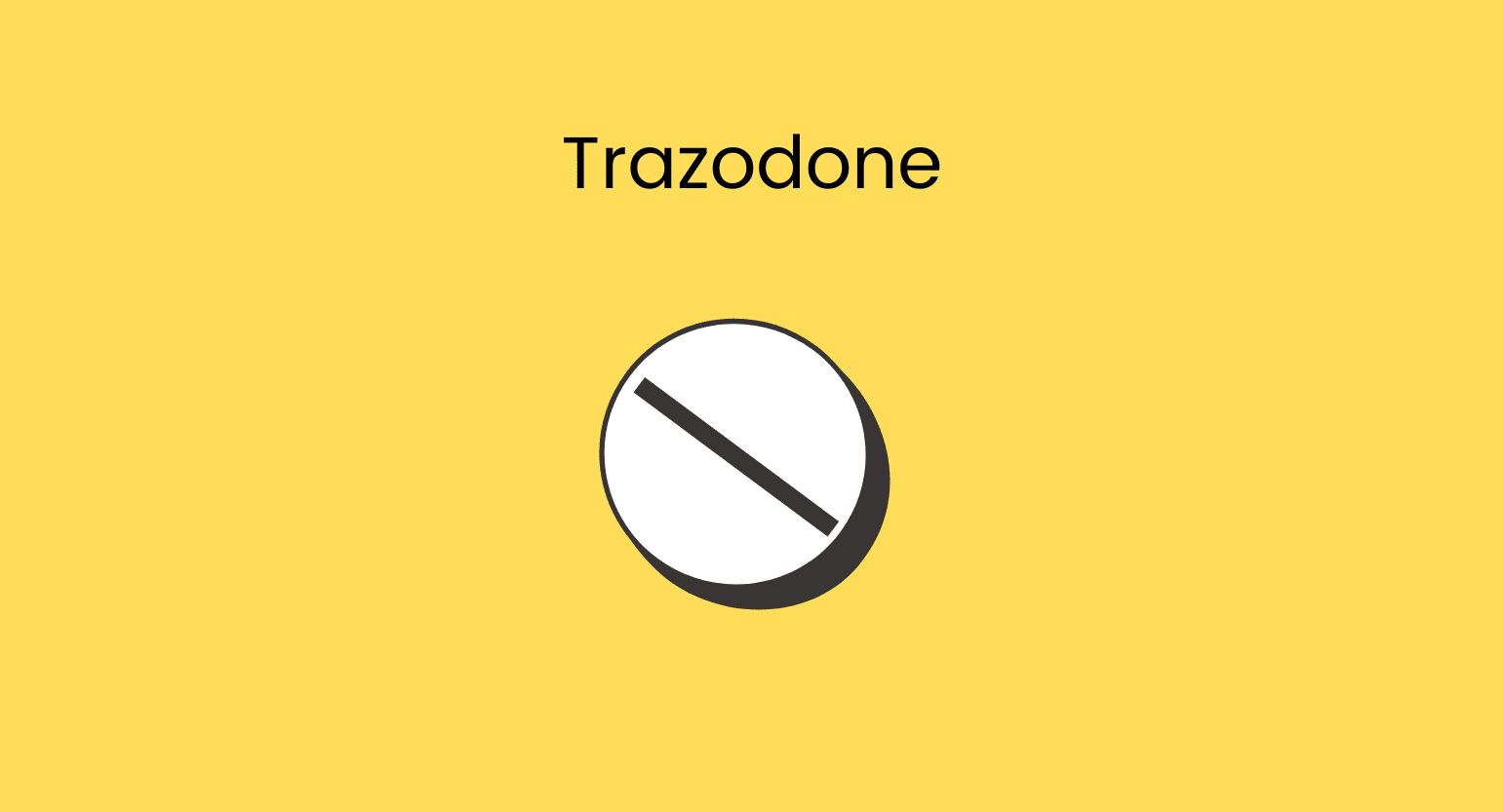Does Kratom Interact With Codeine?
Several overdose deaths are linked to the combination of opioids like codeine and kratom [1]. You should never take these two substances together.
Codeine is classified as an opioid. Opioids and kratom interact with each other in two ways. First, both require the hepatic CYP2D6 enzyme for their metabolism [2,3]. This is extremely dangerous as both end up in the body longer than usual. A high amount of opioids in the system can lead to overdose and death.
Kratom and codeine also engage in an agonistic interaction, meaning that when taken together, they potentiate each other’s influence on the opioid receptors in the body.
In other words, when you take codeine with kratom, there is a chance that you will nod off and never wake up.
Is it Safe to Take Kratom With Codeine?
Taking kratom with any opioid implies a high risk of interaction. There is never a good reason to do so.
Some people like to take codeine with kratom because it potentiates the experience. While there’s nothing wrong with looking for a safe way to potentiate your kratom, codeine is definitely not the way to go.
Again, this is due to an agonistic interaction, which you should stay away from when it comes to opioids.
Learn more about safe kratom potentiators here.
What is Codeine?
Pierre Jean Robiquet discovered codeine in 1832. It occurs naturally in the sap of opium poppies. This compound is a prodrug with no analgesic properties until it’s metabolized into morphine.
Codeine use has three primary medical indications: pain, dry cough, and diarrhea [5]. Interestingly, it’s not the best choice for any of these conditions.
It was once considered a safe pain reliever and was given to children frequently. It’s still common, but because of the variables in dosing (ineffective in low amounts, deadly in higher amounts), the World Health Organization has removed it from its list of essential medications for kids, and the FDA has put a “black box warning” on it [4]. This is the highest warning a medication can have and is supposed to warn patients about significant risks associated with the drug.
What is Codeine Used for?
The most common indication of codeine is post-surgical dental pain. However, it can also treat various pain conditions, diarrhea, and dry cough.
Codeine is not safe for children under the age of 12.
Codeine Specifications

| Drug Name | Codeine |
| Trade Name | Codeine |
| Classification | Opiate (narcotic) analgesics |
| CYP Metabolism | CYP2D6 |
| Interaction with Kratom | Agonistic, Metabolic Competiton |
| Risk of Interaction | High |
What’s the Dose of Codeine?
Codeine is available in oral solutions, injectable solutions, immediate-release tablets, and controlled-release tablets. The dosing is regularly individualized depending on the patient’s health status, previous opioid exposure, attainment of therapeutic outcomes, and predicted or observed adverse events [5].
Controlled-release tablets are available in 50 mg, 100 mg, 150 mg and 200 mg. Whereas immediate-release tablets contain 15 mg, 30 mg, or 60 mg of codeine sulfate.
Patients with codeine prescriptions should take it every 4 to 6 hours but never exceed 360 mg.
Generic & Brand Name Versions
Codeine alone is not available under brand patented versions. However, commercial versions of codeine are combined with other drugs.
Medications with codeine:
- Airacof (containing codeine, diphenhydramine, phenylephrine)
- Ala-Hist AC (containing codeine, phenylephrine)
- Allfen CD (containing codeine, guaifenesin)
- Ambenyl (containing bromodiphenhydramine, codeine)
- Ambophen (containing bromodiphenhydramine, codeine)
- Antituss AC (containing codeine, guaifenesin)

What Are the Side Effects of Codeine?
The most common reported side effect of codeine is constipation; hence, stool softeners are often prescribed along with codeine therapy. Other side effects include:
- Difficulty urinating
- Headache
- Stomach pain
More serious side effects of codeine may include [5]:
- Agitation
- Changes in heartbeat
- Changes in vision
- Decreased sexual desire
- Difficulty swallowing or breathing
- Erectile dysfunction
- Hallucinations
- Hives
- Irregular menstruation
- Itching
- Nausea
- Rash
- Seizures
- Shallow or noisy breathing
- Vomiting
- Weakness
What is Kratom?
Kratom is an evergreen tree native to Southeast Asia. It has been used for centuries as a painkiller, mood enhancer, and nootropic. More recently, it’s been clinically used to treat opioid withdrawal.
Kratom leaves are typically ground down and used as a powdered substance and can be put in a capsule, mixed into tea, or as an extraction. Those with access to fresh leaves tend to chew them.
What’s Kratom Used for?
Kratom serves many purposes, some of which seem contradictory. This is because many of kratom’s effects are dose-related, so it’s important to understand what you want to use it for and the differences between the kratom strains available on the market.
Kratom is commonly used for:
What’s The Dose of Kratom?
Typical kratom dosage ranges from 2-12 g. However, you should be careful if you exceed 6 g. If you’re a beginner, definitely stick with a small amount.
Remember: although the risk is low, the higher the amount, the more likely you will develop an addiction.
- Low-Dose Kratom: 2-6 g of dried powder
- High-Dose Kratom: 6 -12 g of dried powder
Related: How Long Should I Wait Between Kratom Doses?
What are the Side Effects of Kratom?
Side effects of kratom are minimal and are unlikely to occur if you use it in small amounts.
If you take too much, you might feel the following:
The following are possible side effects with long-term use or consistently high amounts:
- Itchy skin
- Loss of muscle coordination
- Low blood pressure
- Low libido
- Poor appetite
- Seizures
- Tremors or muscle contractions
Also see: How Much Kratom is Too Much?
What are the Different Types of Kratom?
Kratom is available in various strains: white, red, and green. Yellow is another common strain, but its source is unclear, making it a bit controversial.
- White Vein Kratom — Stimulating; good for focus and energy.
- Red Vein Kratom — Relaxing and a potent pain reliever.
- Green Vein Kratom — Milder pain relief and stimulation.
- Yellow Vein Kratom — Good for a burst of energy and some pain relief.

Key Takeaways: Is it Safe to Mix Kratom & Codeine?
Codeine and kratom should never be mixed. Kratom can slow down the metabolism of codeine, making overdose more likely. It also offers similar effects and can exaggerate codeine’s effects. Both situations can be dangerous.
Kratom alone is not dangerous, but combining it with opioids like codeine has caused many deaths. If you’re thinking about mixing the two, please speak to your doctor first.
- Olsen, E. O. M., O’Donnell, J., Mattson, C. L., Schier, J. G., & Wilson, N. (2019). Notes from the field: unintentional drug overdose deaths with kratom detected—27 states, July 2016–December 2017. Morbidity and Mortality Weekly Report, 68(14), 326.
- Dean, L. (2017). Codeine therapy and CYP2D6 genotype.
- Kamble, S. H., Sharma, A., King, T. I., León, F., McCurdy, C. R., & Avery, B. A. (2019). Metabolite profiling and identification of enzymes responsible for the metabolism of mitragynine, the major alkaloid of Mitragyna speciosa (kratom). Xenobiotica, 49(11), 1279-1288.
- Tobias, J. D., Green, T. P., Coté, C. J., Agarwal, R., Anderson, C., Hardy, C. A., … & Van Den Anker, J. N. (2016). Codeine: time to say “no.” Pediatrics, 138(4).
- Peechakara BV, Gupta M. Codeine. [Updated 2022 Jun 21]. In: StatPearls [Internet]. Treasure Island (FL): StatPearls Publishing; 2022 Jan-. Available from: https://www.ncbi.nlm.nih.gov/books/NBK526029/










